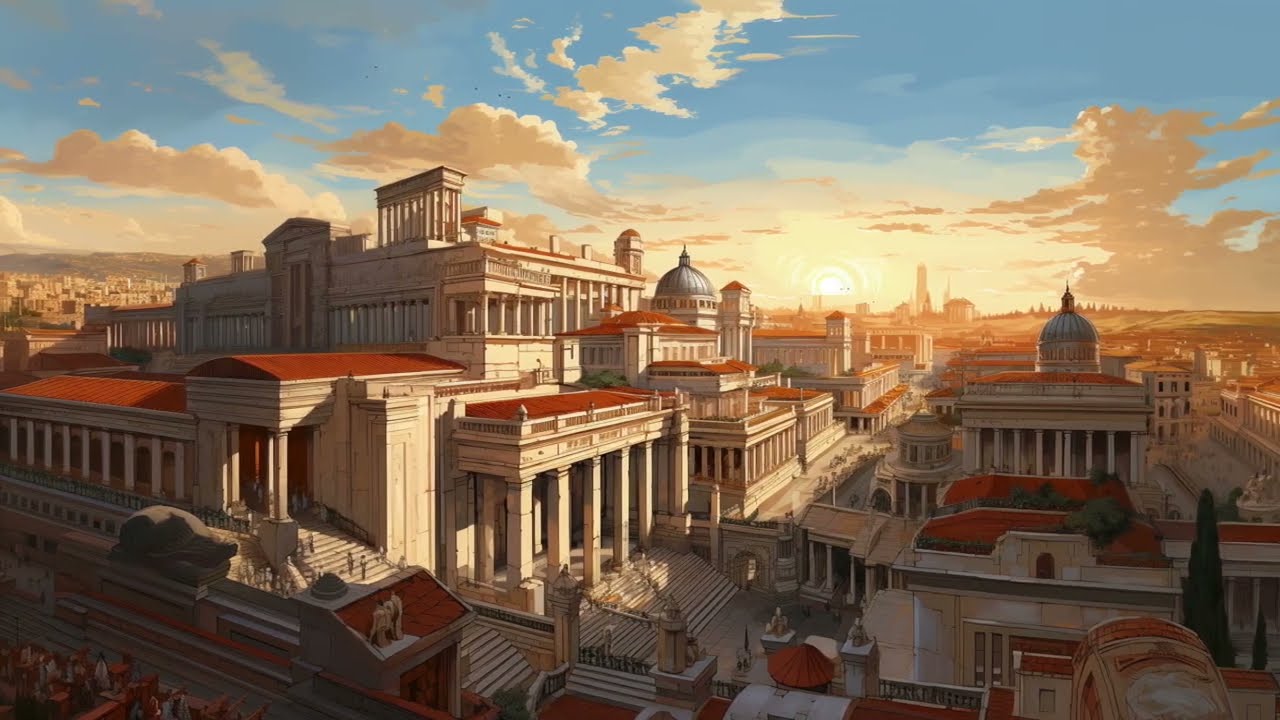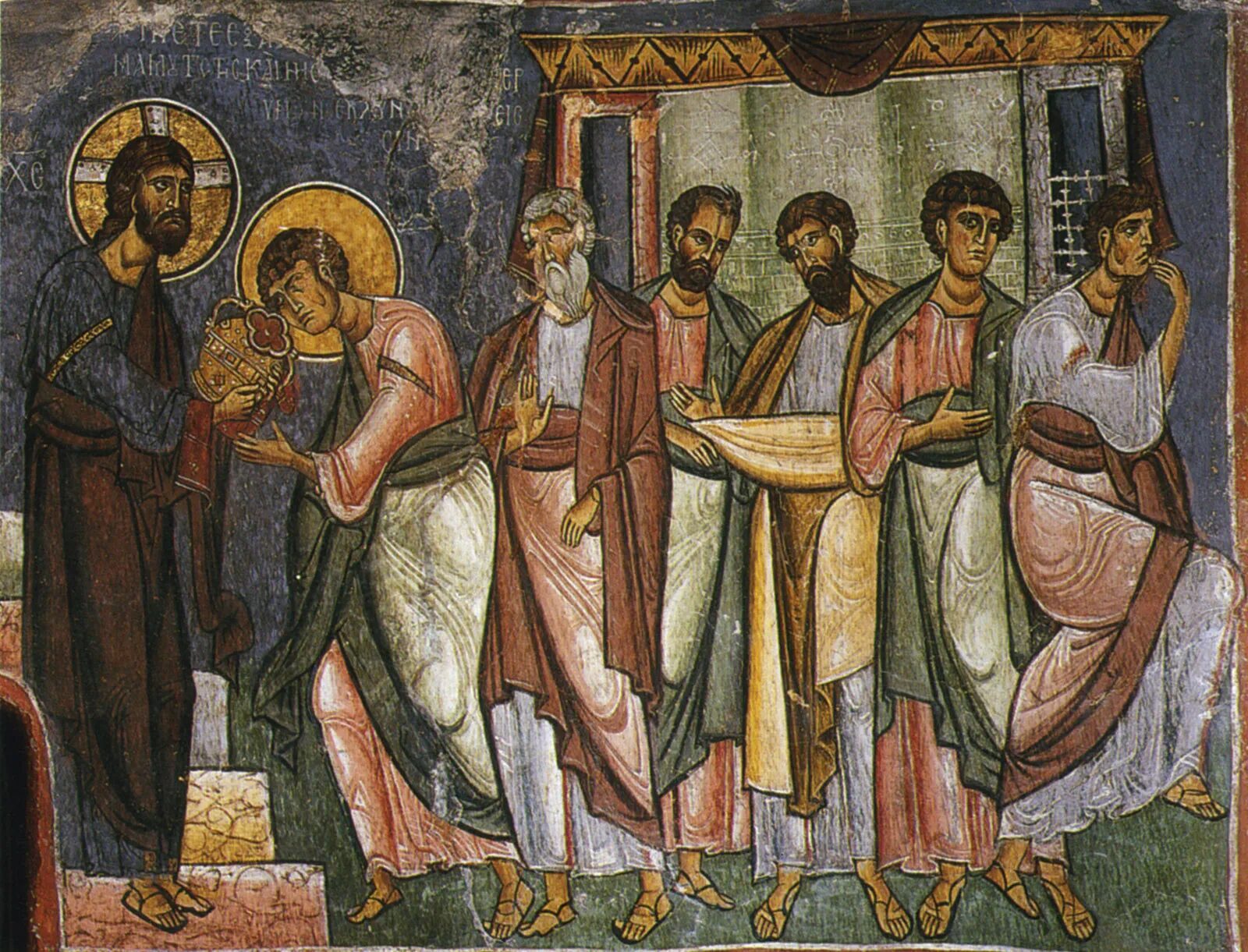Imagining the future has always played a big role in how people think about our world. Ancient thinkers like the philosopher Seneca had their own ideas about what might happen. Seneca believed that a huge flood would end the world, which showed how different ancient views were compared to today. He thought that the world would be reborn after the flood and that humans would discover more about nature. Ancient Greeks also believed that society was in a cycle of decline, while still hoping for a return to a better time.
Even as technology advanced, the Romans and early Christians had their own distinct ideas. Romans often spoke about returning to a golden age and focused on their moral values. Christian beliefs introduced a linear timeline, predicting a divine plan ending with the second coming of Jesus. This way of thinking didn’t necessarily focus on making the world better in terms of technology or comfort, but rather on moral and spiritual progress. These historical perspectives continue to shape how we consider the possibilities of the future.
Key Takeaways
- Ancient ideas of the future often included cycles of rebirth and decline.
- Technological progress was recognized but not always seen as leading to a better future.
- Different societies had unique visions, like the linear Christian view of divine salvation.
Ancient Views on Tomorrow
Seneca’s Thoughts on a Great Flood
During Nero’s reign, Seneca, a Stoic philosopher, imagined a world-ending flood. He believed rising waters from rain and tides would merge with underground reservoirs, drowning all lands. In his vision, the last survivors would face starvation on mountain tops as lightning danced over swollen seas. Seneca also saw the Earth recovering after the flood, humanity being reborn, but warned the new people could be just as corrupt.
The Idea of Cycles and Human Decline
Ancient texts often depicted humanity as declining from a once-golden age. Hesiod famously described different ages of man, each worse than the last. Greek philosophers connected these declines to cycles of youth, maturity, and old age. Historian Polybius described government cycles from monarchy to mob rule. This cyclical view was a common thread in ancient thinking.
The Stoic Belief in Universal Fire
Stoic philosophy included the belief that the universe would end in a great fire. In this view, at the end of every age, everything would burn, only to start again in an exact repeat. Historical events and figures would reoccur, including new versions of Athens, Alexander, and Rome. Stoics believed in a repeating cycle of destruction and rebirth, suggesting that this fire would cleanse and restart the universe repeatedly.
Ancient Writings and Societal Downfall
During the reign of Nero, Seneca, the Stoic philosopher, posed a grim vision of the future. He imagined a catastrophic flood where rain and tides would unite to engulf the lands. Survivors would find themselves trapped on mountains as the seas raged below. Seneca foresaw a cycle of destruction and rebirth; a new humanity, as flawed as the old, would eventually meet the same fate. In the lead-up to this deluge, Seneca speculated that people would uncover many secrets of nature, solving mysteries enigmatic to his contemporaries.
Contrary to modern ideas of progress, rooted in the 19th-century Industrial Revolution, classical texts often proclaimed society’s decline from an earlier golden age. Hesiod’s “Ages of Man” depicted humanity as the weakest of several generations, forecasting a loss of morality and an eventual downfall by the will of Zeus. Greek philosophers often viewed history as cyclical, comparing the rise and fall of societies to human life cycles. Polybius spoke of governments evolving from monarchies to chaos repeatedly. Likewise, the Stoics believed in a recurring cosmic conflagration, wherein history would reset and unfold identically once more.
While some celebrated technological innovations, the classics largely emphasized moral and political rather than technological progress. Plato’s “Republic” presented an ideal city that was technologically less advanced than contemporary cities. Roman visions echoed Greek ideas, interweaving them with notions of political destiny. During Augustus’s reign, poets celebrated a return to the golden age, devoid of war. However, real technological advancement was not anticipated; existing comforts were deemed sufficient for the future.
Romans lamented the moral decline brought by luxury, fearing it would doom their society unless corrected. The disasters of late Antiquity seemed to affirm this belief. In contrast, early Christians held a linear view of time, focused on a divine plan culminating with the second coming of Jesus. Despite their hopes for a universal community of believers, they did not foresee material progress, aligning them with Roman expectations of decline. Ultimately, both cultures envisaged a cycle of decay and renewal, though their narratives differed in details.
Technological Changes and Moral Growth

Differences on What Drives Advancement
In ancient times, there were many ideas about what leads to progress. Some people argued over whether it was creativity or luck that played a bigger role. Yet, many agreed that human discoveries had made life better. Inventions changed the world, though there was debate on their true influence.
Pliny the Elder’s Encyclopedic Insights
Pliny the Elder compiled a detailed list of inventions in his work, highlighting many advancements like the alphabet and catapults. This collection showed how aware people were of technological changes and how inventions influenced society over time. It was a testament to human ability to create and innovate.
The Roman Golden Era and Ideas of Decline
The Influence of Augustus’ Leadership
Augustus’ rule was celebrated as a time when Rome entered a new golden age. During his reign, many Romans believed that they had returned to an era of peace and prosperity. This period was marked by stability after years of turmoil and warfare. Augustus was credited with bringing tranquility, and his leadership inspired poets to sing praises of a new, flourishing era.
Rome’s Borrowed Greek Ideals
The Romans adopted many Greek ideas about the future, mixing them with their own dreams of political greatness. They often saw themselves as the successors of a grand civilization, inheriting not just land and wealth, but also the cultural and intellectual achievements of Greece. This sense of destiny shaped Roman thought, imbuing their society with a belief in political and cultural supremacy.
Concerns of Decline and the Perils of Comfort
Even as Rome flourished, there was an underlying fear of decline. The Romans were concerned that luxury and indulgence could bring about their downfall. They considered their ancestors to be more virtuous and worried that modern luxury and self-indulgence would harm their society. This anxiety grew as Roman society faced challenges, and many saw these fears realized as the empire faced crises in later periods.
Early Christian Perspectives on Time and Future
Straight Timeline of History and Christ’s Return
Early Christians had a belief in a straight line path of history, seeing it as a plan set by God. This plan would lead to the return of Jesus Christ. Unlike Greek ideas that focused on endless cycles of destruction and rebirth, Christians saw time moving in one direction, guided by a divine plan toward salvation.
The Six Thousand Year Plan
Christian scholars believed that human history would span six thousand years, with each millennium representing a day of creation. Some thought the sixth millennium was drawing to a close, signaling the imminent return of Jesus. However, Saint Augustine was among the voices urging caution, arguing against setting specific timelines for such events.
The Roman Empire as the Last Reign
Based on a prophecy from the Book of Daniel, early Christians often viewed the Roman Empire as the final dominant power in the world. They anticipated that its fall would mark the beginning of the end times. This view was particularly influential in the Eastern Roman Empire, where the fall of Constantinople was later seen as a sign of the approaching apocalypse.

Modern Thoughts and Future Dreams
Seneca, during the reign of Emperor Nero, speculated about the end of the world, imagining it swallowed by a great flood. He believed after such a deluge, Earth would rebuild, only to see history repeat as humanity fell into corruption again.
In contrast, the 19th century popularized belief in technological progress and a better future, fueled by the Industrial Revolution. Ancient Greek literature, however, often depicted a decline from a “golden age,” suggesting a nostalgic view of the past rather than an optimistic future.
Greek philosophers like Heraclitus and Empedocles saw history as cyclical. Societies progressed like individuals from youth to old age, repeating past patterns. Stoics believed in a fiery end for each eon, after which everything would reset.
Some classical authors acknowledged technology’s role in improving life, albeit with varying opinions on whether it was due to cleverness or luck. Roman thought blended Greek ideas with a political narrative, seeing Augustus’s reign as a return to the golden age, despite questions about future progress.
Unlike Greek cycles, early Christians viewed history as linear, moving towards a divine end. They envisioned a 6,000-year human history, foreseeing the Roman Empire’s fall as a precursor to the end times. Despite their differing details, both Romans and Christians settled on a vision of decline tempered by the hope of renewal.
